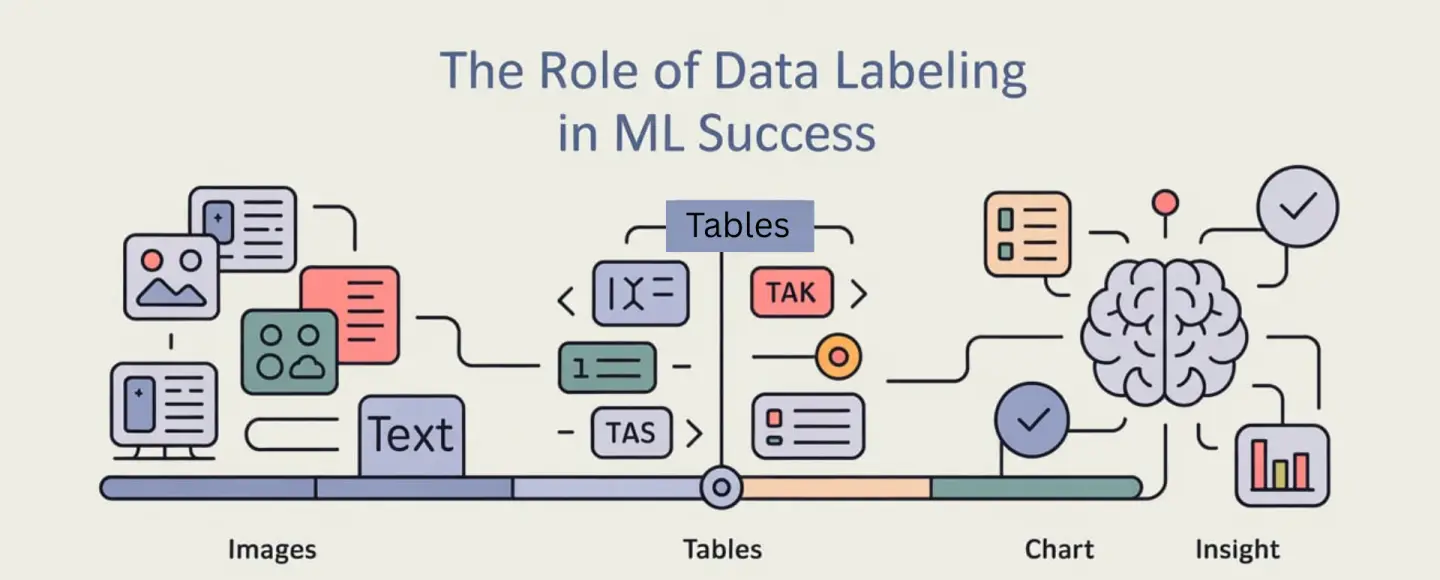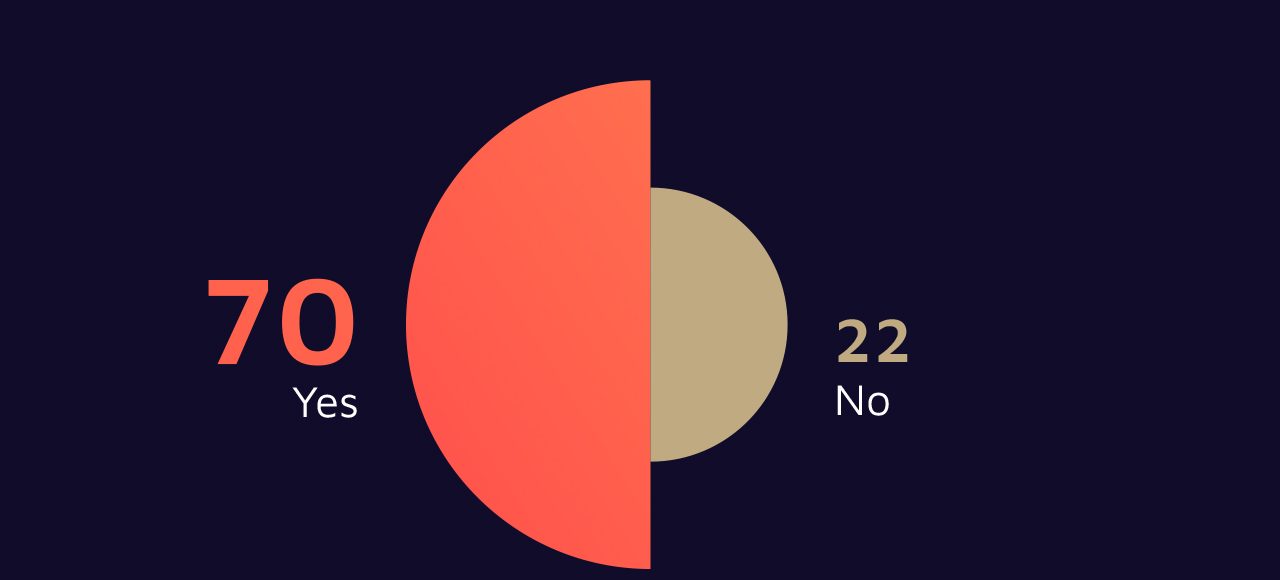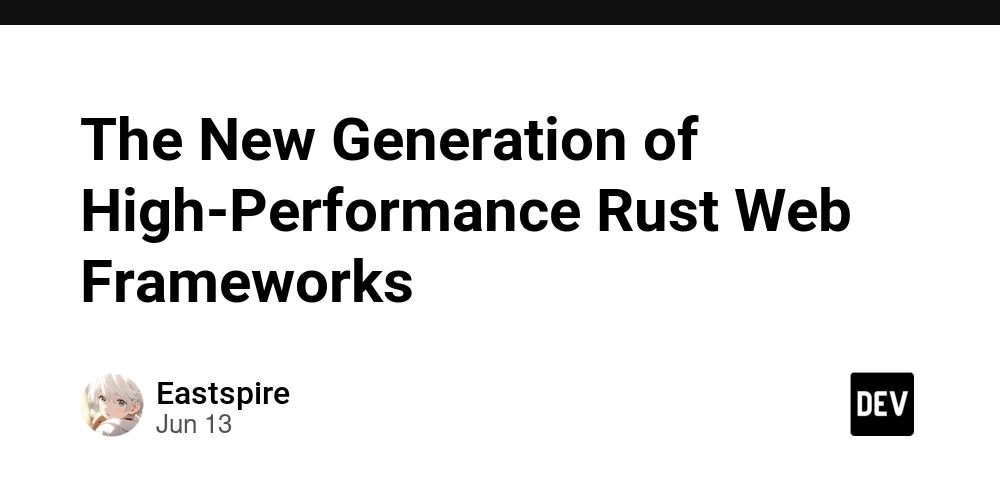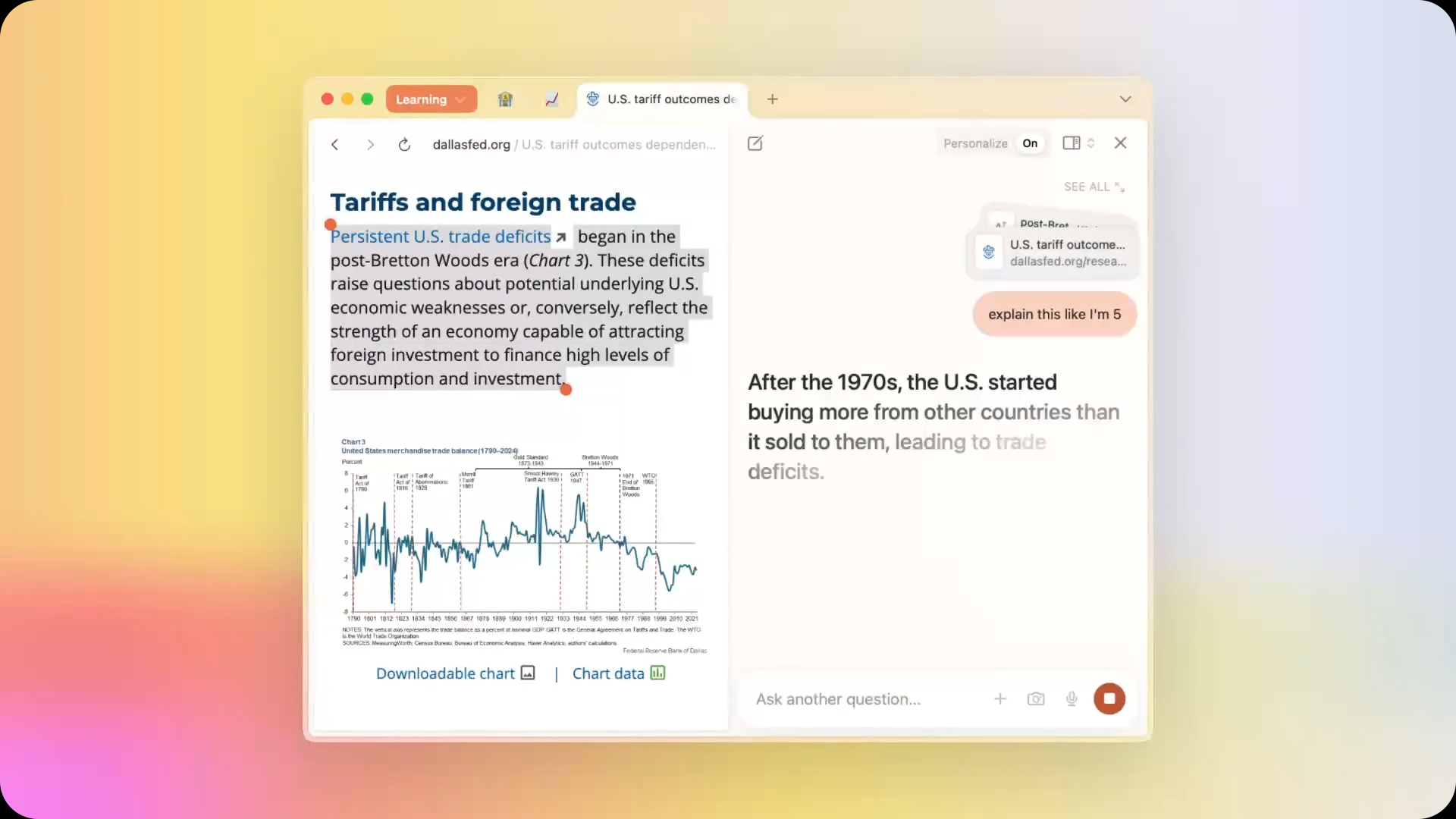Palo Alto Networks PAN-OS Vulnerability Enables Admin to Execute Root User Actions
A critical command injection vulnerability in Palo Alto Networks PAN-OS operating system enables authenticated administrative users to escalate privileges and execute commands as the root user. Designated as CVE-2025-4231, this medium-severity vulnerability affects multiple versions of the company’s firewall operating system and poses significant security risks when management interfaces are exposed to untrusted networks. The […] The post Palo Alto Networks PAN-OS Vulnerability Enables Admin to Execute Root User Actions appeared first on Cyber Security News.

A critical command injection vulnerability in Palo Alto Networks PAN-OS operating system enables authenticated administrative users to escalate privileges and execute commands as the root user.
Designated as CVE-2025-4231, this medium-severity vulnerability affects multiple versions of the company’s firewall operating system and poses significant security risks when management interfaces are exposed to untrusted networks.
The vulnerability, discovered by security researcher spcnvdr, highlights the ongoing challenges in securing network infrastructure components and the importance of implementing proper access controls for administrative interfaces.
PAN-OS Web Interface Vulnerability
The CVE-2025-4231 vulnerability represents a classic command injection flaw classified under CWE-77: Improper Neutralization of Special Elements used in a Command.
This security weakness allows malicious actors to inject arbitrary commands into the PAN-OS management web interface, subsequently executing these commands with root-level privileges.
The vulnerability carries a CVSS v4.0 base score of 6.1, categorizing it as medium severity, though the potential for complete system compromise elevates its practical significance.
The attack vector requires network access to the management web interface and successful authentication with administrative credentials.
Once these prerequisites are met, the vulnerability can be exploited with low attack complexity and requires no user interaction, making it particularly dangerous in environments where administrative access controls are insufficient.
The CAPEC-233 Privilege Escalation pattern accurately describes the attack methodology, where legitimate administrative access serves as a stepping stone to complete system control.
Technical analysis reveals that the vulnerability stems from inadequate input validation within the web management interface, allowing specially crafted commands to bypass security controls and execute with elevated privileges.
The command injection occurs when user-supplied input is processed without proper sanitization, enabling attackers to append malicious commands that the system interprets and executes as part of legitimate administrative operations.
Risk Factors Details Affected Products PAN-OS 10.1 (all versions), PAN-OS 10.2 (versions 10.2.0 through 10.2.7), and PAN-OS 11.0 (versions 11.0.0 through 11.0.2) Impact Privilege escalation Exploit Prerequisites 1. Network access to management interface 2. Valid admin credentials 3. Exposure of management interface to untrusted networks CVSS 3.1 Score 6.1 (Medium)
The vulnerability impacts specific versions of PAN-OS, with the most critical exposure affecting PAN-OS 10.1 (all versions), PAN-OS 10.2 (versions 10.2.0 through 10.2.7), and PAN-OS 11.0 (versions 11.0.0 through 11.0.2).
Importantly, PAN-OS 11.1, PAN-OS 11.2, Cloud NGFW, and Prisma Access remain unaffected by this vulnerability, providing relief for organizations using these newer platforms.
Organizations with internet-facing management interfaces face the highest risk, as the vulnerability enables remote exploitation through the network attack vector.
Mitigation Strategies
Immediate remediation requires upgrading to patched versions, specifically PAN-OS 11.0.3 or later for the 11.0 branch, and PAN-OS 10.2.8 or later for the 10.2 branch.
Organizations running PAN-OS 10.1 must upgrade to either 10.2.8 or 11.0.3 or later versions, as no direct patch exists for the 10.1 branch. Legacy installations on unsupported versions require immediate migration to supported, patched releases.
Critical deployment guidelines emphasize restricting management interface access to trusted internal IP addresses only.
This mitigation strategy dramatically reduces the attack surface by preventing external threat actors from reaching vulnerable management interfaces.
Organizations should implement jump box architectures where administrative access occurs exclusively through designated systems with carefully controlled network access.
Network segmentation, access control lists, and VPN-based administrative access provide layered security approaches that complement the primary remediation strategy of upgrading to patched versions.
Automate threat response with ANY.RUN’s TI Feeds—Enrich alerts and block malicious IPs across all endpoints -> Request full access
The post Palo Alto Networks PAN-OS Vulnerability Enables Admin to Execute Root User Actions appeared first on Cyber Security News.

















































































































































































![[The AI Show Episode 152]: ChatGPT Connectors, AI-Human Relationships, New AI Job Data, OpenAI Court-Ordered to Keep ChatGPT Logs & WPP’s Large Marketing Model](https://www.marketingaiinstitute.com/hubfs/ep%20152%20cover.png)











































































































































































.jpg?width=1920&height=1920&fit=bounds&quality=70&format=jpg&auto=webp#)





















































































_designer491_Alamy.jpg?width=1280&auto=webp&quality=80&disable=upscale#)
























































































![PSA: Widespread internet outage affects Spotify, Google, Discord, Cloudflare, more [U: Fixed]](https://i0.wp.com/9to5mac.com/wp-content/uploads/sites/6/2024/07/iCloud-Private-Relay-outage-resolved.jpg?resize=1200%2C628&quality=82&strip=all&ssl=1)





















![Apple Shares Teaser Trailer for 'The Lost Bus' Starring Matthew McConaughey [Video]](https://www.iclarified.com/images/news/97582/97582/97582-640.jpg)





































































